Search Images
Browse Content (p. 1424)
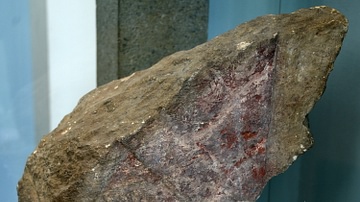
Image
Beard Piece of the Great Sphinx
The Great Sphinx at Giza represents the 4th Dynasty ruler, Khafra, with a body of a lion guarding his pyramid. A thousand years later, the Sphinx had come to be revered as a god called "Horemakhet", which means "Horus in the horizon". Some...
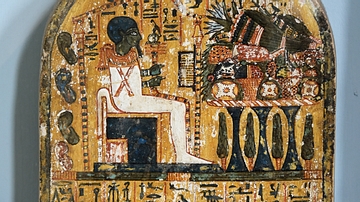
Image
Stela of Penbuy
The upper scene depicts the god Ptah sitting on a throne before an altar of offerings. Ptah has a green-colored face and hands, while his cap is blue and the the rest of the body is white. He has a black beard. In the lower scene, Penbuy...
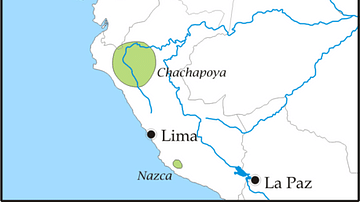
Image
Pre-Columbian Tribes of Northern South America
A map highlighting the areas of settlement of various pre-Columbian civilizations in the northern areas of South America such as the Muisca, Tairona, and Quimbaya
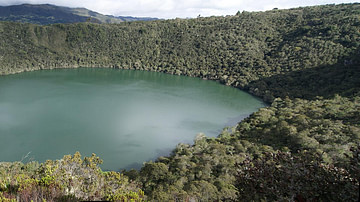
Image
Lake Guatavita, Colombia
Lake Guatavita (Spanish: Laguna de Guatavita), Cundinamarca, Colombia. The site of the Muisca tribe ritual and the birthplace of the myth of El Dorado. One of the most important sites in South America.
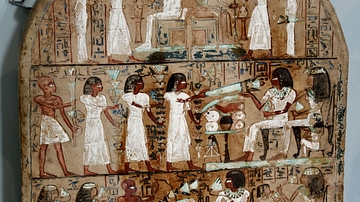
Image
Stela of Sobekhotep
Sobekhotep , the scribe of a wine-cellar, appears three times with his wife. In the mirroring scenes at the top, they worship the gods of Osiris (left in the form of a mummy) and Anubis (right, Jackal-headed). In the next scene, they are...
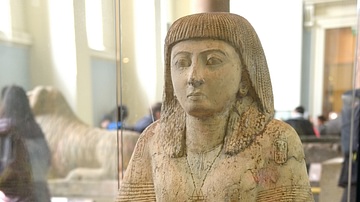
Image
Kneeling Statue of Panehsy
Panehsy, a royal treasurer from Memphis under Ramesses II, holds a shrine containing Osiris (center), his wife Isis, and their son Horus. The text invokes these and other deities of Abydos and explains that the statue was placed in one of...

Image
Statue of General Hahibra
The shrine contains a figure of Osiris, the god of the dead. This statue stood in a temple at Sais, then capital of Egypt. The text on the back-pillar calls Wahibra an "overseer of access of foreign lands (who managed trade on Egypt's southern...
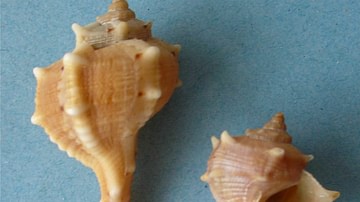
Image
Murex Brandaris
Examples of the Murex haustellum brandaris shellfish, one of the sources of Tyrian purple dye.

Image
Tyrian Purple Shroud of Charlemagne
The silk shroud of Charlemagne made with gold and Tyrian purple. The design shows a quadriga (four-horse chariot). 9th century CE. (Musée National du Moyen Âge, Paris)
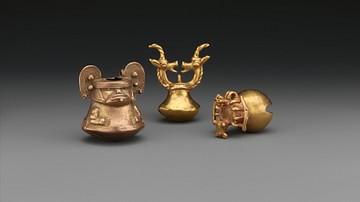
Image
Tumbaga Bells of the Tairona Civilization
Bells made from an alloy of gold and copper (tumbaga) by the Tairona people of Colombia. c. 1500 A.D.